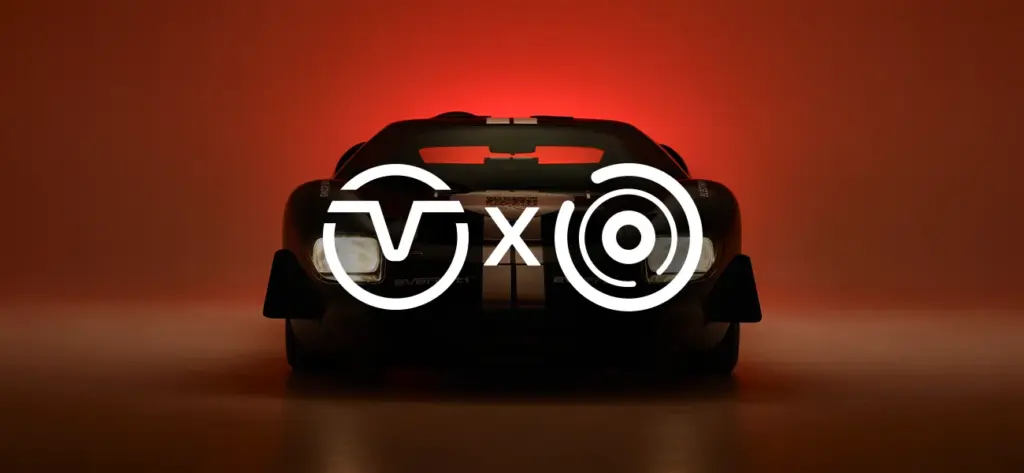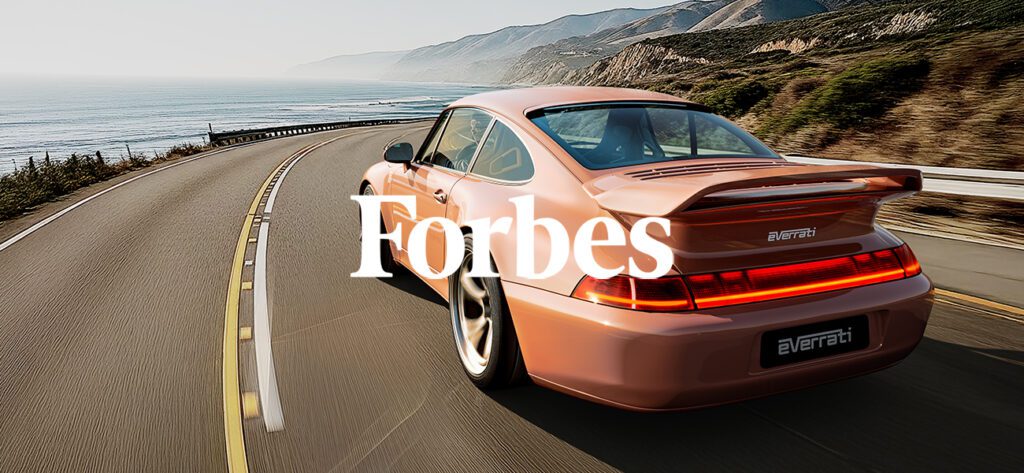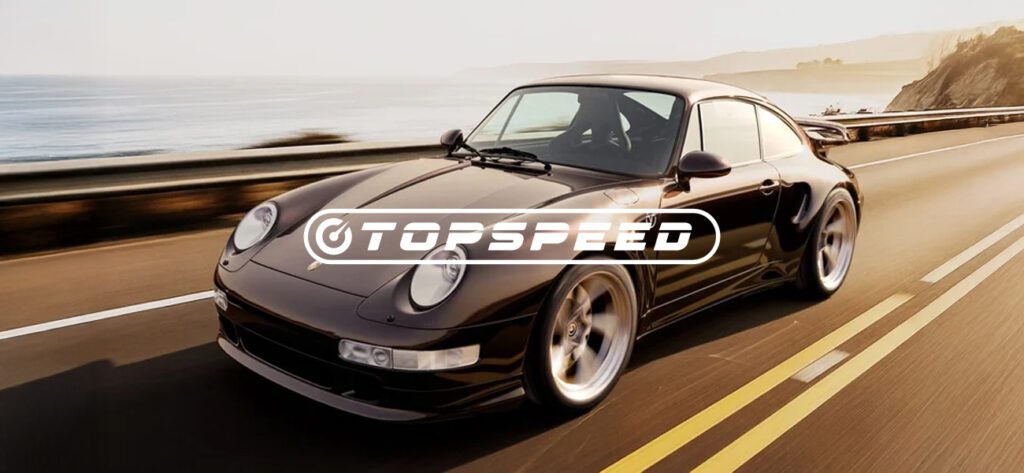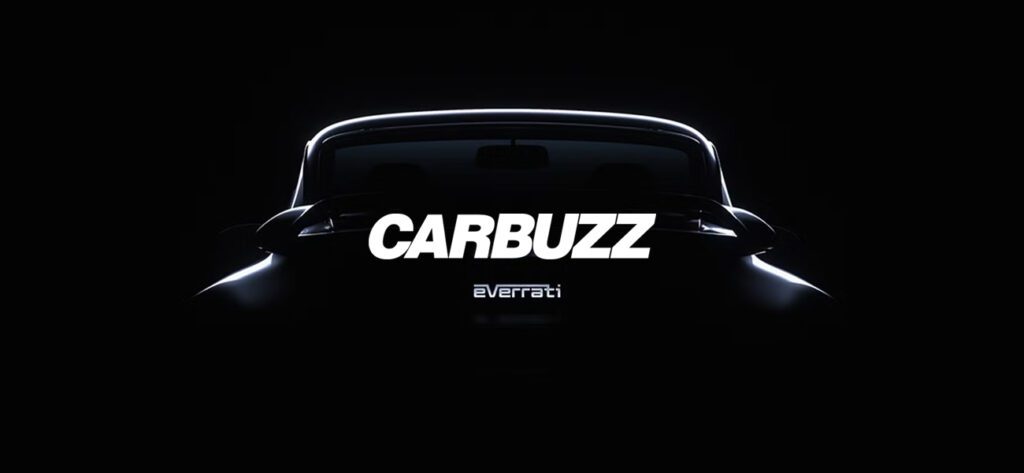First, Everrati took on the world’s greatest sports car, transplanting the Porsche 911’s air-cooled engine for an electric motor. Then it electrified a Le Mans legend, the Ford GT40, substituting cubic inches for kilowatt-hours.
Now, it has given a true British icon, the original Land Rover, the EV treatment. Good sense or sacrilege?
Everrati founder Justin Lunny’s lightbulb moment arrived during the royal wedding of 2018. As Prince Harry and Meghan Markle drove past his Windsor home in the electric Jaguar E-Type Concept Zero, the tech entrepreneur imagined a range of future-proofed classic cars. After a chance meeting with co-founder Nick Williams (at Le Mans, of course), their new brand was born.
Built from the ground up
Some EV conversion companies simply swap out engines for the batteries and electric motors from crashed Teslas. Everrati does things differently, redesigning each car from the ground up, fitting a brand new OEM-spec drivetrain, then upgrading components such as brakes, suspension and steering to suit.
After road and track tests, each car is signed off by director of engineering, Mike Kerr, a man whose CV includes stints at McLaren, Lotus and Cosworth Racing.
This holistic approach perhaps explains why Everrati’s Porsche 911 is the first – and to-date only – convincing electric sports car I have driven. No heavier than a regular 964 Carrera, its rear-biased weight distribution is also nigh-on identical. Result: a zero-emissions electric car that handles like a classic 911. All I missed was the yowl of a petrol flat-six.
Steady as she goes
Few will feel so nostalgic about the clatter of a Land Rover Series IIA’s 2.25-litre petrol or diesel engine, replaced here by a 60kWh battery pack. Driving two or four wheels via a Defender transfer ’box, it serves up 150hp and 221lb ft of torque: good for 0-62mph in 13 seconds. The 1971 original, by contrast, needed an extra 10 seconds (and a following wind, ideally).
Based on the ex-RAF airfield at Upper Heyford in Oxfordshire, Everrati has an ideal location for testing cars. It’s also a place this Series IIA, riding on steel wheels and painted Pastel Green, looks instantly at home.
It might cost £180,000, but the Land Rover has a rugged, no-nonsense demeanour that brand new Defenders can only aspire to.
Keep calm and carry on
The same is true inside, where upgrades are subtly integrated, rather than in-your-face like a Tesla touchscreen. The front seats and rear benches, for example, are both heated, an LCD panel sits within the speedo and there’s a bespoke audio system inside the centre cubby box.
Traditional Land Rover quirks, such as the sliding windows, fold-down windscreen and levers to engage high or low range, are all carefully preserved.
The car here is a prototype, so my drive was limited to the runway and perimeter roads of the airbase. As someone who grew up driving Land Rovers (I cut my writing teeth at Land Rover World magazine), the lofty driving position, approximate steering and plentiful body-roll all feel familiar. Even with more than twice the 70hp it was born with, the IIA prefers not to be rushed – and that’s part of its charm.
What’s less familiar is the near-silence and instant shove of the electric motor. Instead of a mechanical commotion punctuated by slow and deliberate gearshifts with a spindly wand, progress is smooth, automatic and utterly serene. Well, until you go a bit faster, when wind noise and tyre roar soon bluster to the fore.
Living for the city
All that electric oomph is beneficial off-road, too, where the Everrati retains all the ability of the original car.
Even so, I suspect most will find homes in central London, as an eco alternative to the ubiquitous Mercedes-AMG G-Class, or at beachside holiday homes and ski chalets, where a real-world range of 125 miles will be plenty. I can’t think of a nicer way to potter around.
Source: Motoring Research






